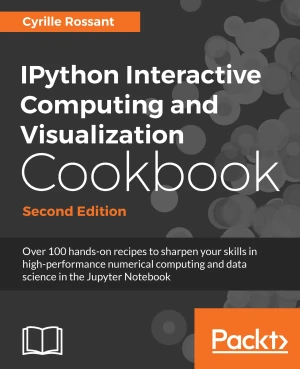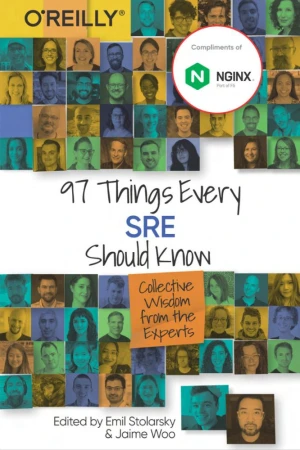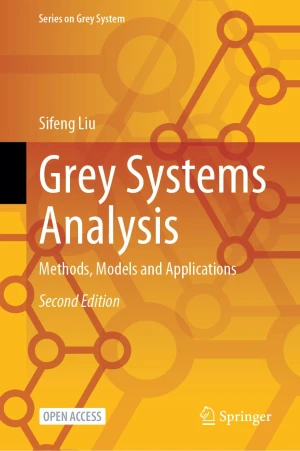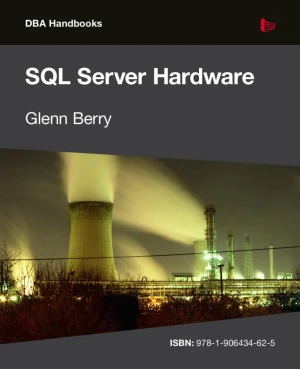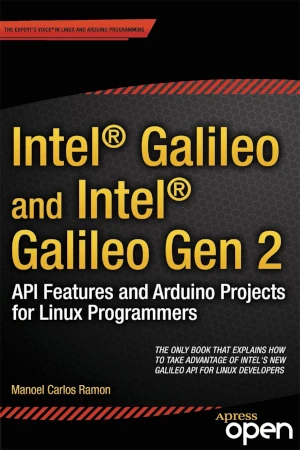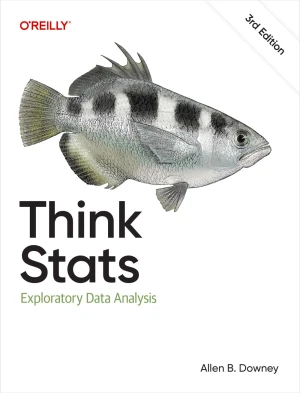Digital Video Concepts, Methods, and Metrics
Quality, Compression, Performance, and Power Trade-off Analysis
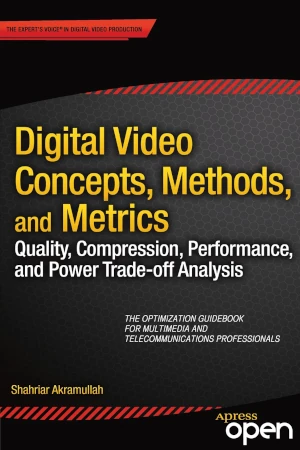
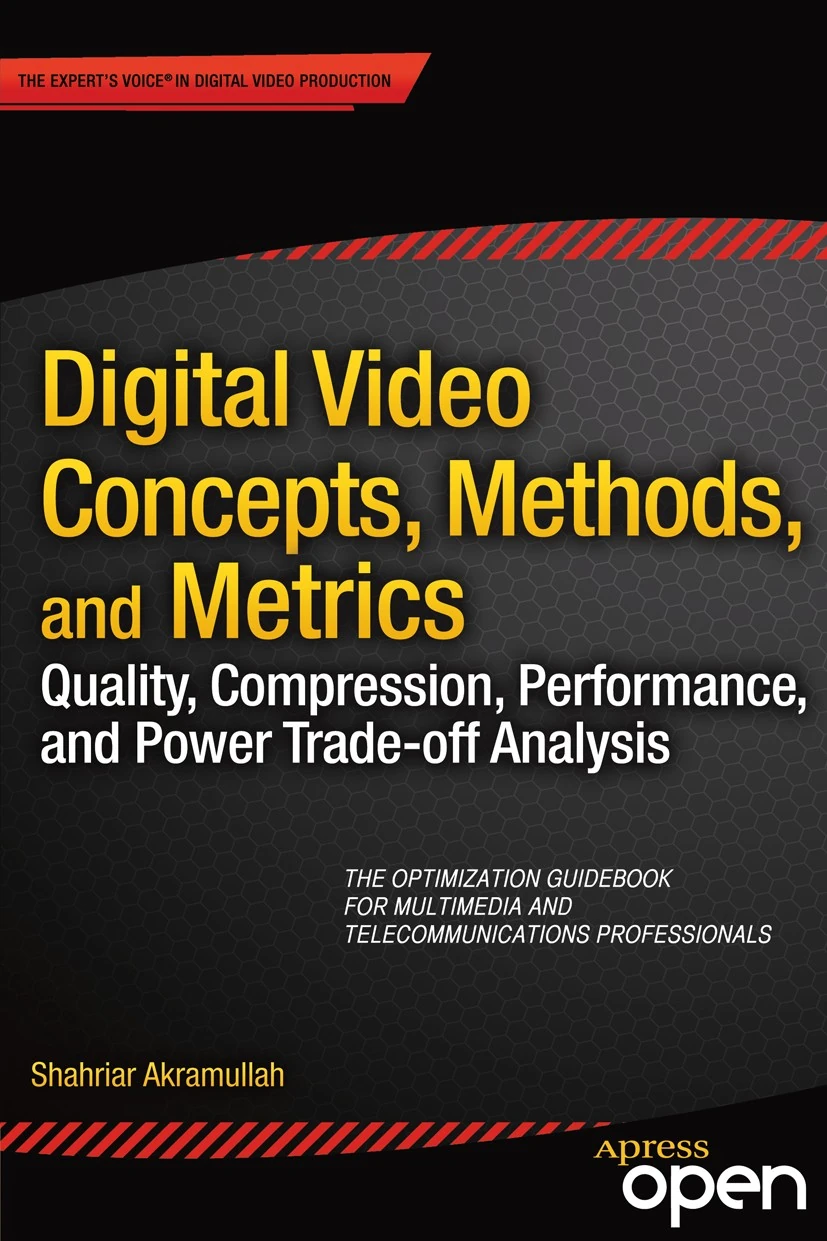
Book Details
| Author | Shahriar Akramullah |
| Publisher | Apress |
| Published | 2014 |
| Edition | 1st |
| Paperback | 368 pages |
| Language | English |
| ISBN-13 | 9781430267126, 9781430267133 |
| ISBN-10 | 1430267127, 1430267135 |
| License | Apress Open |
Book Description
Digital Video Concepts, Methods, and Metrics: Quality, Compression, Performance, and Power Trade-off Analysis is a concise reference for professionals in a wide range of applications and vocations. It focuses on giving the reader mastery over the concepts, methods and metrics of digital video coding, so that readers have sufficient understanding to choose and tune coding parameters for optimum results that would suit their particular needs for quality, compression, speed and power.
The practical aspects are many: Uploading video to the Internet is only the beginning of a trend where a consumer controls video quality and speed by trading off various other factors. Open source and proprietary applications such as video e-mail, private party content generation, editing and archiving, and cloud asset management would give further control to the end-user.
Digital video is frequently compressed and coded for easier storage and transmission. This process involves visual quality loss due to typical data compression techniques and requires use of high performance computing systems. A careful balance between the amount of compression, the visual quality loss and the coding speed is necessary to keep the total system cost down, while delivering a good user experience for various video applications. At the same time, power consumption optimizations are also essential to get the job done on inexpensive consumer platforms.
Trade-offs can be made among these factors, and relevant considerations are particularly important in resource-constrained low power devices. To better understand the trade-offs this book discusses a comprehensive set of engineering principles, strategies, methods and metrics. It also exposes readers to approaches on how to differentiate and rank video coding solutions.
If you enjoyed the book and would like to support the author, you can purchase a printed copy (hardcover or paperback) from official retailers.
Download and Read Links
Share this Book
[localhost]# find . -name "*Similar_Books*"
IPython Interactive Computing and Visualization Cookbook, 2nd Edition
Python is one of the leading open source platforms for data science and numerical computing. IPython and the associated Jupyter Notebook offer efficient interfaces to Python for data analysis and interactive visualization, and they constitute an ideal gateway to the platform. IPython Interactive Computing and Visualization Cookbook, 2nd Edition con
97 Things Every SRE Should Know
Site reliability engineering (SRE) is more relevant than ever. Knowing how to keep systems reliable has become a critical skill. With this practical book, newcomers and old hats alike will explore a broad range of conversations happening in SRE. You'll get actionable advice on several topics, including how to adopt SRE, why SLOs matter, when you ne
Grey Systems Analysis, 2nd Edition
This open access book is the 2nd edition involving the update on data, methods and models of Grey Systems. It covers up-to-date theoretical and applied advances in grey systems from across the world, and vividly presents the reader with the overall picture of this new theory and its frontier research. Many of the concepts, models and methods in the
SQL Server Hardware
SQL Server Hardware will provide the fundamental knowledge and resources you need to make intelligent decisions about choice, and optimal installation and configuration, of SQL Server hardware, operating system and the SQL Server RDBMS. Relational databases place heavy demands on their underlying hardware and many of these databases are mission-cri
Intel Galileo and Intel Galileo Gen 2
Intel Galileo and Intel Galileo Gen 2: API Features and Arduino Projects for Linux Programmers provides detailed information about Intel Galileo and Intel Galileo Gen 2 boards for all software developers interested in Arduino and the Linux platform. The book covers the new Arduino APIs and is an introduction for developers on natively using Linux.
Think Stats, 3rd Edition
If you know how to program, you have the skills to turn data into knowledge. This thoroughly revised edition presents statistical concepts computationally, rather than mathematically, using programs written in Python. Through practical examples and exercises based on real-world datasets, you'll learn the entire process of exploratory data analysis

